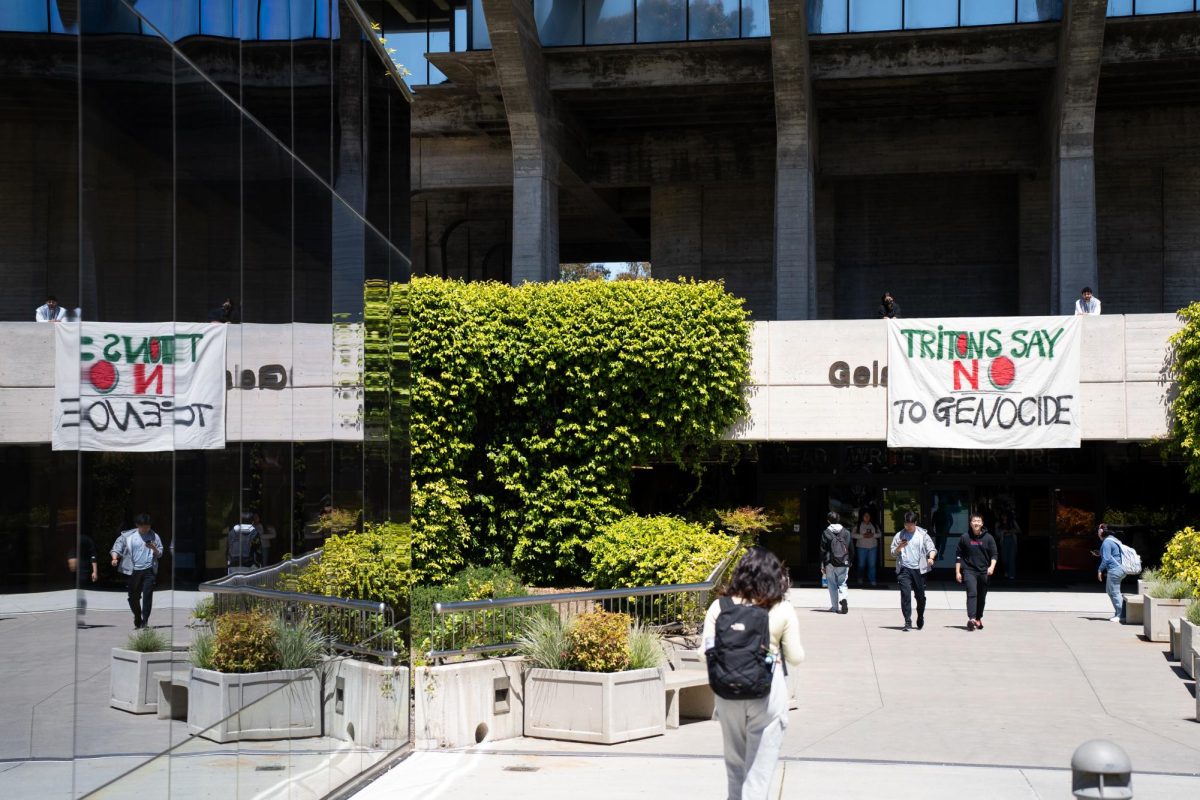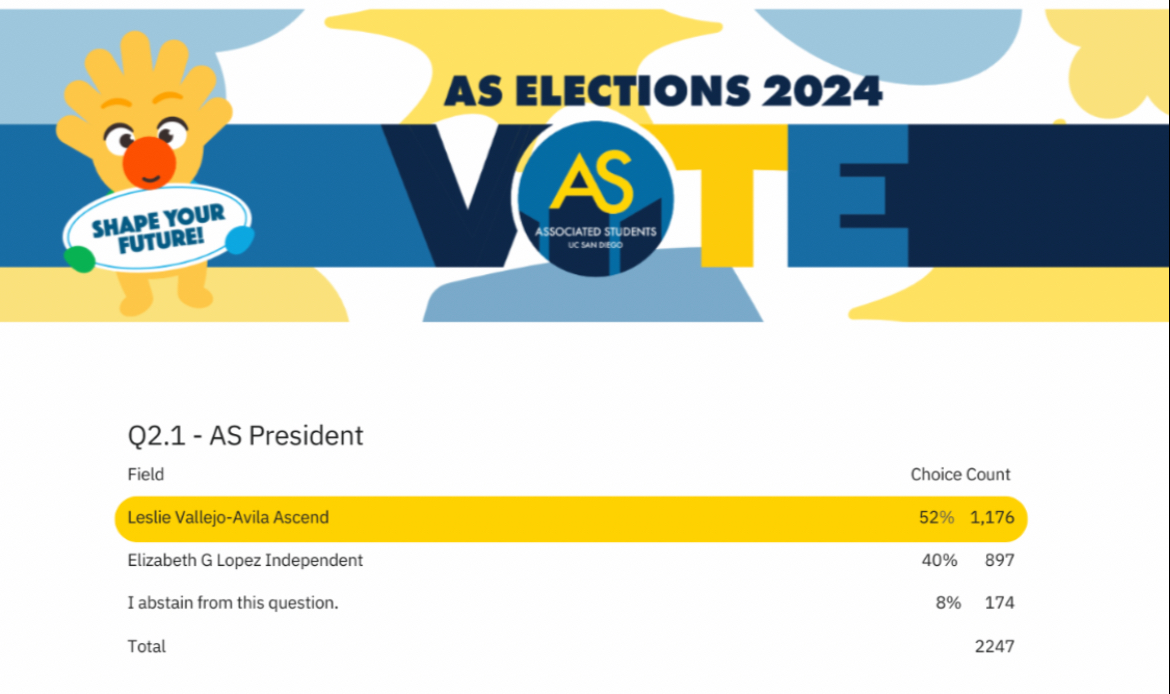Researchers from the UC Berkeley School of Law’s Policy Advocacy Clinic released a new report on the growing enactment and enforcement of California’s vagrancy laws on Feb. 12 at a legal clinic at UC Berkeley.
The Western Regional Advocacy Project commissioned a network of homeless advocacy groups to study the municipal codes of 58 California cities. Among the major cities studied were San Francisco, Sacramento and San Diego.
The study determined that, in recent decades, the state has increasingly criminalized homelessness even beyond what is occurring in other parts of the nation.
According to the study, 22 percent of homeless people live in California. Meanwhile, the sample of California cities has enacted 59 percent of the nation’s anti-homeless laws since 1990.
Co-author and graduate student at the Goldman School of Public Policy at UC Berkeley Marina Fisher stated that it is the hope of the researchers that data collected for the report will make it a unique asset for policy makers.
“Our hope is to have shed light on the issue,” Fisher told the UCSD Guardian. “There have been a lot of anecdotal reports, but there hasn’t been a lot of quantitative data. Part of the problem has been in figuring out how big the problem is. Data is hard to find, but we hope this report can be a launching point to create solutions to the problem.”
The report’s authors based much of their research on categories of anti-homeless law previously defined by the National Law Center on Homelessness and Poverty. Within these categories are daytime activities of the homeless, such as standing, sitting and resting in public places, and nighttime activities, such as sleeping, camping and lodging in public places. Laws against panhandling, begging and sharing food with the homeless have also been cited.
In San Diego, anti-lodging state codes, such as California Penal Code 647(e), have been used to target the homeless. In 2004, over 1,000 people were arrested under this provision. Municipal codes, such as trolley fare evasion and public intoxication, have also been demonstrated to be commonly used to issue citations to the homeless.
The study shows enforcement of these vagrancy laws to disproportionately affect the homeless in a fashion reminiscent of previous methods meant to regulate and control other marginalized groups.
Co-author and student at UC Berkeley School of Law Nathaniel Miller compared the current anti-homeless laws to previous anti-Okie laws passed after the migration of 200,000 people from the Great Plains to California to find work in the 1930s.
“No matter what the perceived undesirable population is, and it has varied throughout time, there is this theme of an ‘out of sight, out of mind’ mentality,” Miller told the Guardian. “This is the same with homelessness.”
The authors of the report take the stance that the increased criminalization of homelessness is an ineffective and expensive solution to the growing prevalence of homelessness. While the report does not offer specific solutions, it does call for more effective, economical and humane methods.
The clinic’s client, WRAP, has recently experienced success in promoting such a solution with the presentation of a new bill, known as the Right to Rest Act.
“The first step has been achieved in that our client’s bill has been authored in the California State Legislature,” Miller said. “We really want people to talk and realize this is an issue.”








